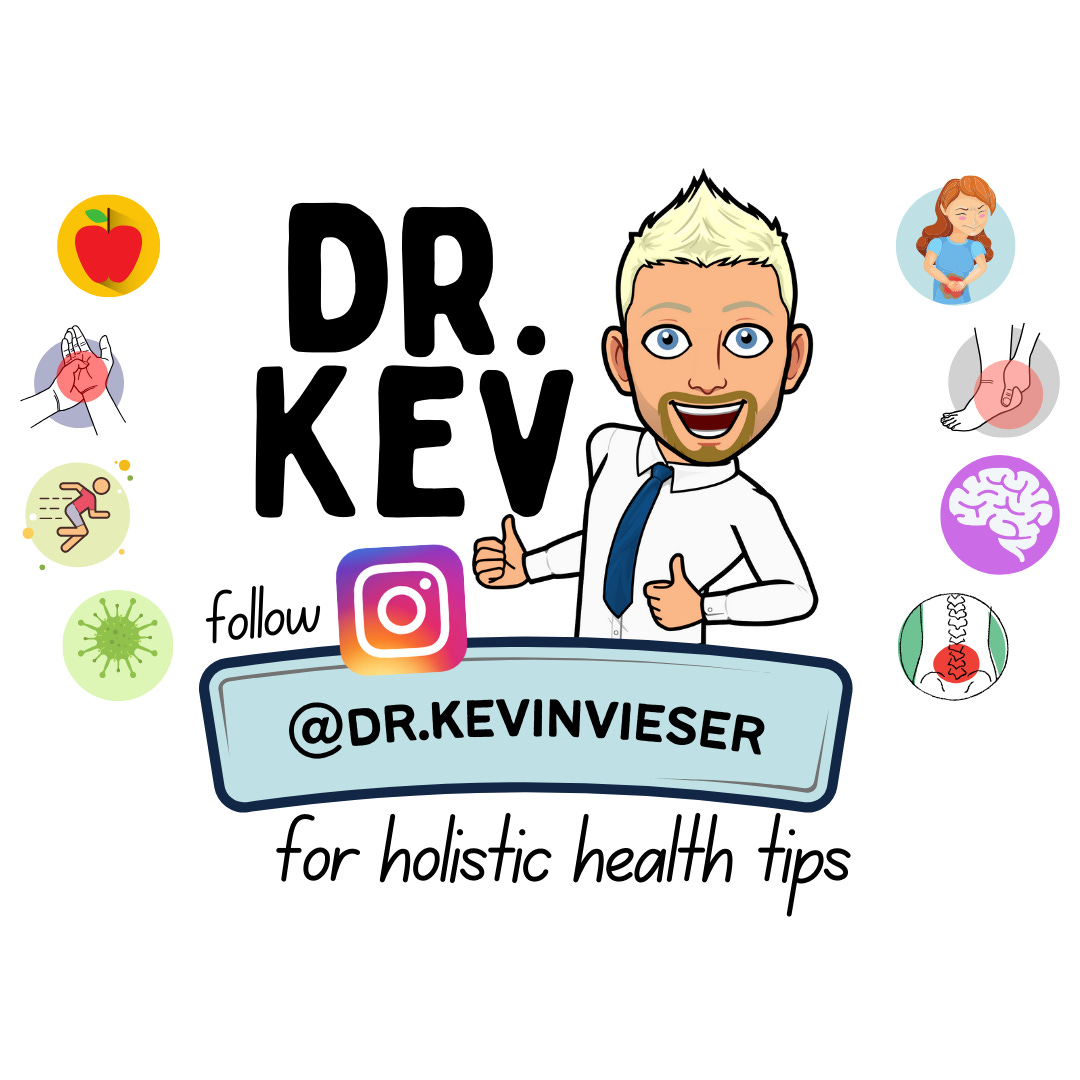What is "Muscle Testing?"
Dr. Kev explains the art and science of figuring out the root cause utilizing "Applied Kinesiology".
Many of the new patients I see have one of the following in common:
They have seen several doctors, most of whom have disappointed them.
They prefer natural options, wanting to avoid drugs and/or surgery.
They moved and are looking for somebody local who practices Applied Kinesiology.
Whether these statements apply to you or not, I am SO excited that you’re here. I invite you to continue reading about how I use Applied Kinesiology, what Applied Kinesiology muscle testing is, and how it could truly enrich the health and wellbeing of you and your loved ones.
What is Applied Kinesiology?
Applied Kinesiology is different from Kinesiology (the study of human movement). Applied Kinesiology is a technique used by health professionals to assess health and customize treatment. It was developed in 1964 by Dr. George Goodheart, a Michigan chiropractor and pioneer in his field.
Dr. Goodheart discovered that each muscle group in the body is related to a specific organ system. This led him to explore the link between muscle function and overall health and well-being.
He found that muscle responsiveness to a specific stimuli could reveal specific imbalances in the body. If a certain muscle goes weak, we must find the missing link to make that muscle strong again using the techniques, supplements, or equipment we have. As a result, we’re helping the whole body and the complex pattern of compensations, symptoms, or diseases it has led you to.
The more the practitioner understands and appreciates the nervous system, the better of a clinician they can become. Nerves which control heart function also has branches to specific muscles in our shoulder, which has helped save many lives when a person experiences difficulty breathing while also feeling left shoulder pain “out of nowhere”. Applied kinesiologists utilize this complex map to their advantage, understanding the muscle-organ relationships throughout the entire body, utilizing the muscle test as the window to look into what is truly happening within the patient.
So, what is Muscle Testing?
Muscle testing is a tool used by Applied Kinesiology practitioners, where we apply gentle pressure on a patient’s specific muscles, one at a time. I may test the several different muscles of the arms, legs, and trunk, or just use one muscle repetitively, known as an “indicator muscle” while I test different reflexes along the body. The patient being evaluated is asked to simply hold or resist against my pressure in a specific direction.
The intent of applied kinesiology muscle testing is not meant to determine a muscle’s strength, endurance, or power, as seen in the modern-day physical therapy practice. It is rather meant to assess the nervous system’s ability to engage and control that muscle. Muscles that are able to “lock” against pressure are considered “strong.” Muscles that “unlock,” or have trouble resisting pressure, are considered “weak.” When utilized properly, muscle testing can accurately offer clues about how various systems in your body are working, including:
Glands
Organs
Lymphatic system
Nervous system
Circulation
Muscle and bone strength
We can then continue the use of Applied Kinesiology Muscle Testing to go better specify the root cause of your condition/symptom.
These root causes can include:
Physical injury or trauma
Pathogens (like Covid, Lyme’s Disease or exposure to mold)
Nutritional deficiencies
Food sensitivities
Mental stress
Genetic factors, and so much more!
The more techniques your practitioner knows, the better they can determine the underlying root cause(s).
“What can be done for me?”
Just like muscle testing can be used to evaluate, it can also be used to create a treatment plan. Applied Kinesiologists utilize muscle testing to then determine the proper remedy or intervention. Here are some of the techniques I use on my patients every day determined by Applied Kinesiology Muscle Testing:
Spinal Manipulation
Extra-spinal, or Extremity Manipulation
Cranial Manipulation
Visceral Organ Manipulation
Sacro-Occipital Technique
Neuro-Emotional Technique
Lebowitz Protocol
Traditional Chinese Medicine
Natural Force Healing
Energetic Nutritional Assessment Technique
Wholistic Methylation
Contact Reflex Analysis
Amongst other traditional healing methods
While some of these techniques can only be performed with the patient in-office, I do offer telehealth services using some of the techniques mentioned. If you have any questions, please reach out to me!



